
Professional Background
Years of working with thoughtful teachers, caring parents, savvy administrators, and intuitive children brought me heartfelt experiences and inspired a slew of workshops and presentations. To give you a sense of the diversities and delights of this work, examples follow below. Some of these are so much fun I still teach them from time to time.
Presentations and Workshops
All my presentations and workshops provided an opportunity to slow life down and celebrate the pleasures of reading, writing, and community.
Wilde Awards Live
Animated presentations of the best books of the year covered everything from baby’s board books to young adult novels. Previously I collaborated with local bookstores, but am currently offering this same workshop through Instagram Live.
Good Book, Bad Book
I have a celebrated collection of truly terrible “bad books.” Periodically I teach workshop for children’s book writers in which participants examine these as well as recent picture books that I consider “good books.” Participants’ evaluations lead to discussions of what is critical to a book’s success.
Mother-Daughter Shared Journaling
This workshop provides time for mothers and daughters to connect through writing. The prompts evoke the past, celebrate the present, explore thoughts and feelings, surprise and delight, and open what could be an ongoing source of communication. Audience: grandmothers, mothers, and daughters, ages 8 to 80
WORKSHOPS FOR TEACHING PROFESSIONALS
Too often, I found teachers were overwhelmed and there were added demands that they take workshops on current instructional theory, theories that soon fell out of favor. I specialized in workshops that were not what I referred to as “the flavor of the day” variety. Each workshop provided a relaxed and restorative environment full of discussion and opportunities to share ideas and celebrated the experience and collective wisdom of the participants and I liked to give free books for all attendees.
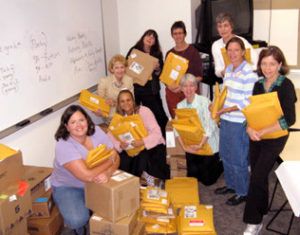
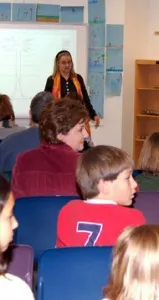
See the Video for More Details
Susie Wilde on Workshops from Cogito Creative on Vimeo.
WRITING RESIDENCIES
For years I taught collaborative writing residencies in the schools, demonstrating how teachers could tap into students’ intuitive gift for storytelling. I cajoled and tamed the unruly beast of fiction by inventing a playful progression of collaborative writing activities. I began with children’s books that modeled literary elements and used these to aid students in inventing whimsical characters and determining their stories.
Testimonials
Through trial and error and experimentation with students and teachers, I developed the Story Skeleton, a framework that worked for both analyzing and building writing.
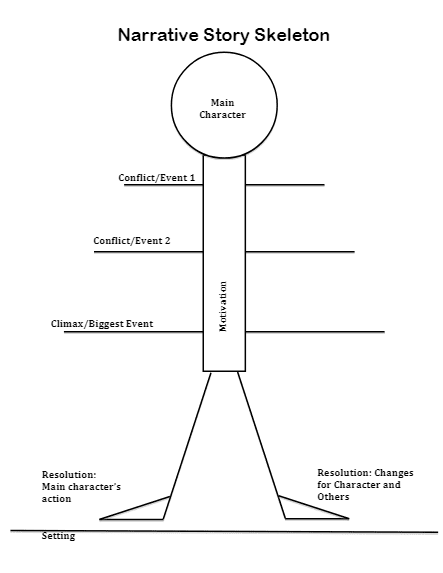
This Story Skeleton models how to analyze a narrative.
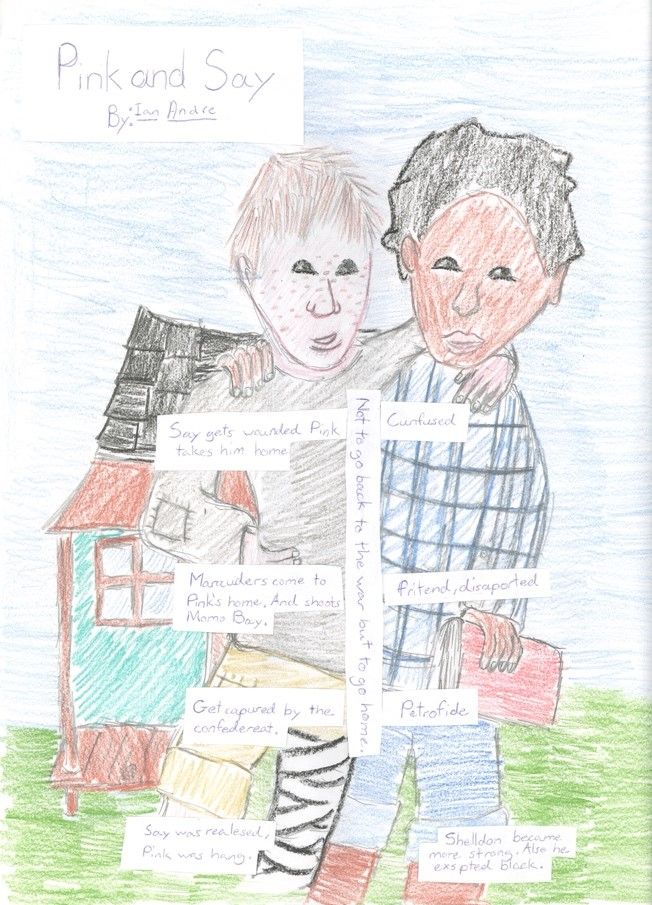
A fifth grader’s Story Skeleton showing analysis of Patricia Polacco’s Pink and Say.
Collaborations with Others
My residencies become even more powerful when the stories I composed with students found expression through other arts. All creative processes and forms share a great number of parallels. Dual residencies allowed students to see these similarities whether the medium was visual art, music, dance, or theater. These projects created deeper, more meaningful learning experiences. See some examples below.
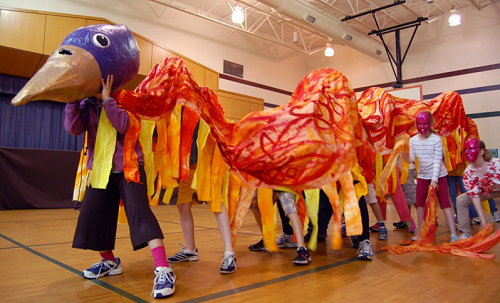
HANDMADE BOOKS
There’s a magic that comes in the composition of a collaborative story, but a secondary enchantment enters with individual artistic expression as children create handmade books.


STORY QUILTS
Starting in 2011, I collaborated on a dozen Story Quilts with textile artist, Peg Gignoux. I composed whimsical stories with project participants–determining character, motivation, conflicts and resolution. This collaborative story served as a point of departure when Peg led groups in a series of hands-on surface design explorations beginning by creating hand-dyed fabrics that became the basis for illustrating the story’s setting, characters and supporting elements.





